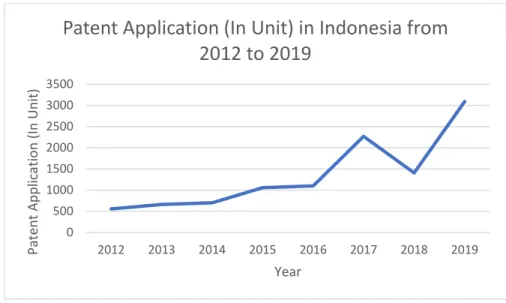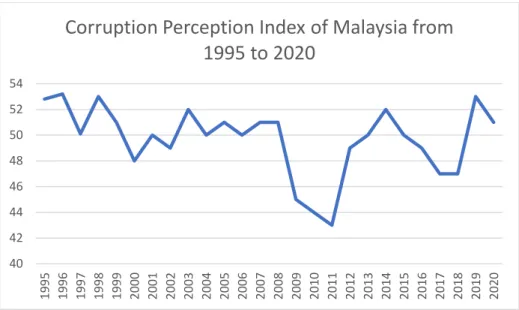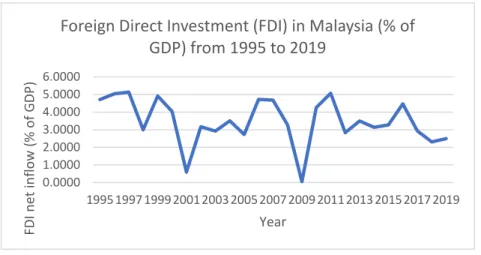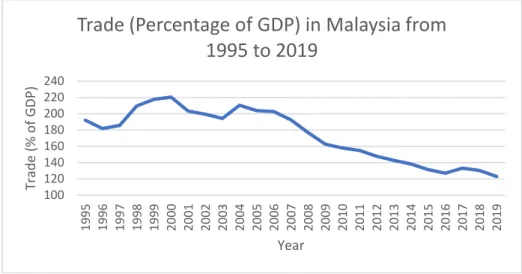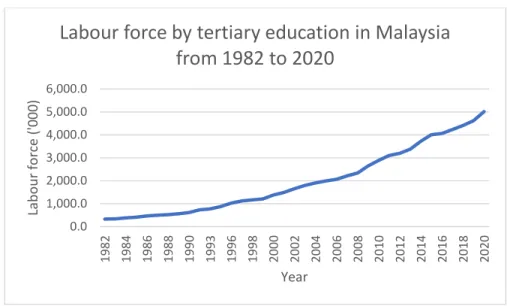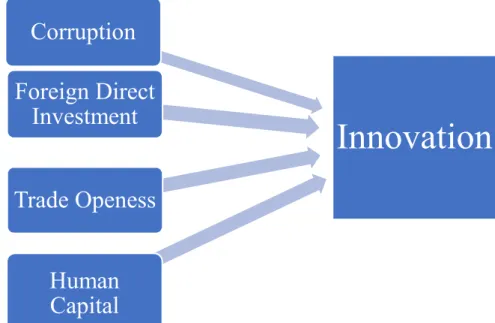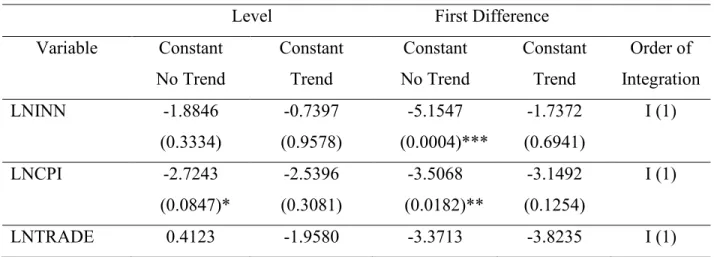This University FYP is the final result of our work and due acknowledgment has been given in the references to ALL sources of information whether print, electronic or personal. Thus, we would like to express our sincere gratitude and appreciation to those who made it possible for us to complete this project. In addition, we would like to thank UTAR for giving us this opportunity to be involved in the research project and providing useful resources for us to carry out this research project.
PREFACE
ABSTRACT
RESEARCH OVERVIEW
- Introduction
- Innovation
- Corruption
- Types of Corruption
- Background of Research
- Problem Statement
- Research Objectives
- Significance of Study
- Structure of Study
Through the research we conduct, we can better understand the severity of the impact of corruption on innovation and the relationship between corruption and innovation in the country. As a result, corruption will affect the country's economic growth and innovation due to misallocation of resources. Although Indonesia is a lower-middle-income country, the country's innovation performance is improving.
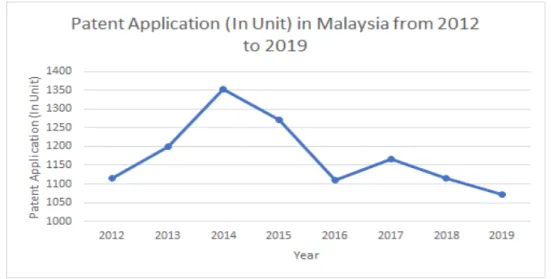
LITERATURE REVIEW
- Introduction
- Review of Theories and Concepts
- Schumpeter’s Theory of Innovation
- Rent Seeking
In Schumpeter's Capitalism, Socialism and Democracy (1942), he also believed that innovation can cause storms of "creative destruction" as it is the central feature of economic change. Schumpeter emphasized that innovations are key factors for determining economic growth, while the "entrepreneur" is the central innovator. In short, innovation is essential for economic growth and is "creative destruction" in economic development, while the entrepreneur holds the role of change maker.
Rent-seeking refers to the use of scarce resources to obtain monopoly income without contributing to society by individuals or firms (Khemani & Shapiro, 1993). Other than that, based on the research of Bade and Parkin (2013), rent-seeking activities aim to increase profits through lobbying and other political activities by finding the trading opportunities in between. In addition, Chowdhury and Latif (2006) argued that rent-seeking can apply to bureaucratic corruption that seeks and extorts bribes or rent for using their legal but discretionary power to provide legitimate or illegitimate benefits to the interested parties.
From that it can be seen that the concept of rent-seeking is actually related to corruption, lobbying and bribery that all these things can be covered by the concept of rent-seeking. If one dives deep into the rent seeking theory, the theory of rent seeking was first introduced in 1967 by Gordon Tullock. Rent-seeking, the term "interest-seeking" became popular and has been widely used ever since (Tullock, 2003).
Figure 2.1 showed that the monopolist would charge a higher price than a competitive firm as shown in Figure 2.1 at the point "monopoly price".
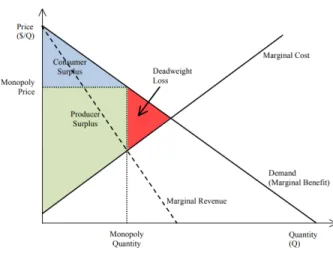
2.1.3 “Grease and Sand the Wheel” Hypothesis
Relevant Past Studies
- The Role of Corruption on Innovation Activities
- The Role of Foreign Direct Investment (FDI) on Innovation Activities
- The Role of Trade Openness on Innovation Activities
- The Role of Human Capital on Innovation Activities
This is because in the past, some researchers were studying the positive and negative effects of corruption on national development. In the role of corruption in innovation activities, there are arguments in both positions that refer to "Grease the Wheel" which means that corruption can increase innovation and "Sand the Wheel" indicates that corruption would endanger innovation. According to Veracierto (2018), there was a finding that shows that corruption is able to reduce investment activities.
According to Syed Muhammad Imran et al. 2020), they found that corruption drags down innovation as well as entrepreneurship in the country. According to Dincer (2019), he found that corruption can slow down innovation activity after running out of estimation using the Corruption Convictions (CCI) Index and the Corruption Reflections Index (CRI). According to Mahagaonkar (2008), there are some perspectives people could see in the situation where corruption improves innovation.
According to Shi and Li (2014), the research mentioned that there is a significant effect on innovation production where the government can improve their country policy to incur more foreign investment to continue to develop the innovation in China's FDI. Moreover, Vaatanen, Podmetina, Aleksandrova and Smirnova (2009) stated through their research that the effect of FDI on the innovation in Russia is limited as the foreign companies could not do well in research and development (R&D) in the country. From this we can understand when the less foreign companies or FDI takes place in the country, there will be an obstacle to the country's innovation development.
Moreover, according to Alawamleh, Bani Ismail, Aqeel and Kamal Jamal Alawamleh (2019), the research stated that the contribution to the economic growth of the country comes from the improvement of human capital, while the innovation also improves when the new ideas continue to create.
Conceptual Framework
2021) raised the opposite argument as to why human capital with tertiary education does not correspond to a country's innovative activities. This is because tertiary education is not mandatory in building human capital that all skills are equally important. Figure 2.2 shows the conceptual framework proposed to study the relationship between the dependent variable which is innovation, the independent variables which is corruption and the control variables which include foreign direct investment (FDI), trade openness and human capital.
Thus, we make innovation as the dependent variable in our research to investigate how corruption can affect the level of innovation in Malaysia; whether it is affected negatively or positively. Moreover, there are three other control variables which are FDI, trade openness and human capital, which many researchers found to be related to innovation. Relevant past studies have been studied to review both independent variable and control variable perspectives on innovation.
The human capital with tertiary education which normally assumes to be skilled is an important factor for innovation in industries and countries. Human capital can infuse new creative ideas and improve the network of a knowledge-centered economy. Human capital is therefore essential in long-term sustainable growth as human capital is able to accelerate the innovation in a country.
However, there is a counterargument that there is no clear evidence showing that tertiary-educated human capital can improve innovation activities.
Gap of Literature Review
METHODOLOGY
- Introduction
- Data Description
- Dependent Variables and Measurements
- Independent Variables and Measurements
- Theoretical Framework
- Econometric Model
- Data Analysis Method
- Unit Root Test
- Augmented Dickey-Fuller (ADF)
- Phillips-Perron (PP)
- Autoregressive Distributed Lag (ARDL) Approach
- Diagnostic Checking
- Multicollinearity
- Heteroscedasticity
- Autocorrelation
- Normality Test
- CUSUMSQ Test
7 See Aghion et al., (2005) the Schumpeterian framework to model innovation or technology diffusion in developing countries. Meanwhile, the fall in the level of the IBA will lead to an improvement in the expected growth rate if the institutional quality is good. This indicates that the expected value of a single unit of labor employed in the innovation sector is the same as the value of a unit of labor in the manufacturing sector.
Therefore, we determined innovation in our study by entering the main independent variable corruption, and other control variables included foreign direct investment, openness of trade and human capital. In this study, the Autoregressive Distributed Lag (ARDL) approach is used to investigate the long-term relationship between the independent variables (corruption, foreign direct investment (FDI), openness of trade and human capital) and the dependent variable (innovation) in the case of Malaysia. The ADF test is the extension of the Dickey Fuller test (DF) by adding the delayed dependent variable to capture possible serial correlation in the error terms and capture the dynamic ranges of the model.
𝐻𝐻0: No unit root in series (non-stationary) 𝐻𝐻1: No unit root in series (stationary). The PP test uses a nonparametric approach to take care of serial correlation in the error term without adding lagged difference terms. Nkoro and Uko (2016) asserted that most time series are non-stationary in recent development in econometric studies.
When regressing, the Classical Linear Regression Model (CLRM) assumes that the autocorrelation does not occur in the error term, which is 𝑗.
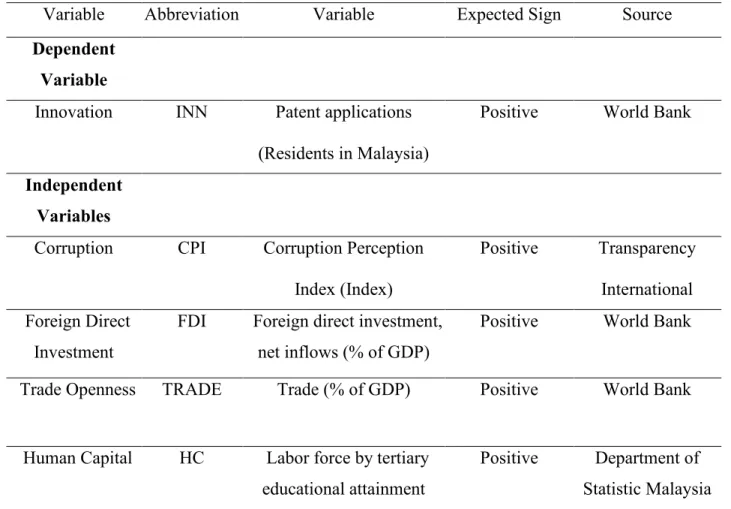
DATA ANALYSIS
- Introduction
- Unit Root Test
- Autoregressive Distributed Lag (ARDL) Approach
- Long Run Elasticities
- Diagnostic Checking
- Multicollinearity
- Heteroscedasticity
- Autocorrelation
- Normality test
- CUSUM of Squares test
Based on the result, we can conclude that the innovation and human capital are stationary at the first difference with 1% significance level. The result suggested that innovation, corruption and human capital are stationary at the first difference at 1% significance level. From the results from the ADF and PP tests, it shows that the variables are integrated at level and first difference form.
Therefore, the rejection of the null hypothesis (no cointegration) suggests the existence of long-run relationships between corruption, foreign direct investment, trade openness, human capital and innovation. The results have shown that CPI has a long-run relationship with innovation and is significant at the 5% level of significance. The result suggested that FDI has a significant relationship in the long run with innovation at the 5% significance level.
However, the results show that the long-run relationship between capital and innovation in Malaysia is not significant. Overall, we suspect that the problem of multicollinearity exists in our model since human capital and trade openness are negatively correlated with each other at a higher level. The null hypothesis states that the error term is normally distributed while the alternative hypothesis states that the error term is not normally distributed.
Therefore, the null hypothesis cannot be rejected, and we can conclude that the error term in the ARDL regression model is normally distributed.

CONCLUSION
- Introduction
- Summary of Study
- Policy Implication
- Limitation of Study
- Recommendations of the Study
This research is important as it provides insight into how corruption and other control variables affect Malaysia's innovation performance over the long term (25 years). Not only that, according to the United Nations Office on Drugs and Crime (n.d), the active participation of individuals and parties that are not in the public sector, such as community-based organizations, non-governmental organizations could promote anti-corruption. We also believe that foreign direct investment for the country can improve innovation in the country as well as increase economic growth.
Therefore, Malaysia can improve the FDI of the country by implementing the focus investment promotion activities. Finally, Malaysia's government should also stabilize the unstable political environment that has happened in recent years. In the end, Malaysia can increase the FDI from other countries and further drive Malaysia's innovation as well as economy.
Not only that, it could also be that Malaysia's trade openness was losing ground based on the graph we showed in Chapter 1. Nevertheless, we could not deny that human capital is one of the key drivers for growth in a country. Another limitation is the independent variables used to capture the effect on Malaysia's innovation may not be comprehensive.
The long-term impact of human capital on innovation and economic growth in the regions of Europe. International Journal of Business Studies: A Publication of the Faculty of Business Administration, Edith Cowan University. Management trends in theory and practice, (ed.) Stefan Hittmar, Faculty of Management Sciences and Informatics, University of.
